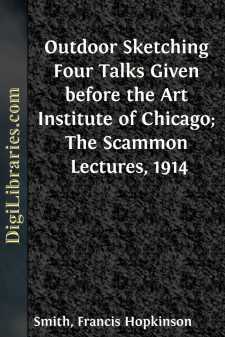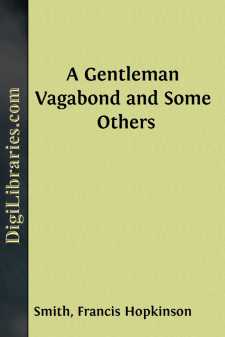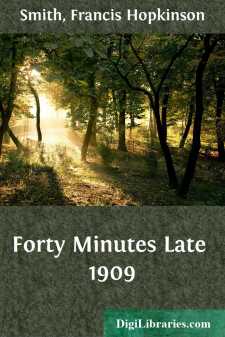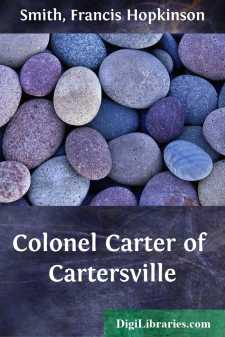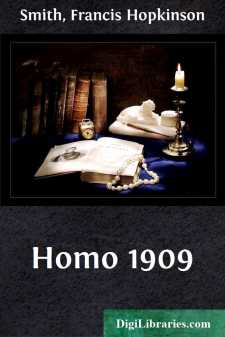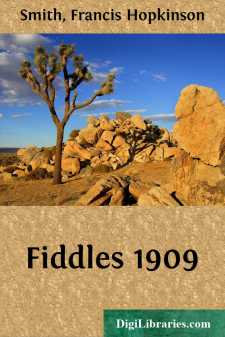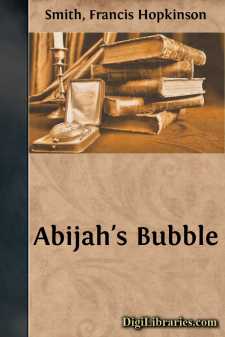Categories
- Antiques & Collectibles 13
- Architecture 36
- Art 48
- Bibles 22
- Biography & Autobiography 813
- Body, Mind & Spirit 142
- Business & Economics 28
- Children's Books 17
- Children's Fiction 14
- Computers 4
- Cooking 94
- Crafts & Hobbies 4
- Drama 346
- Education 46
- Family & Relationships 57
- Fiction 11829
- Games 19
- Gardening 17
- Health & Fitness 34
- History 1377
- House & Home 1
- Humor 147
- Juvenile Fiction 1873
- Juvenile Nonfiction 202
- Language Arts & Disciplines 88
- Law 16
- Literary Collections 686
- Literary Criticism 179
- Mathematics 13
- Medical 41
- Music 40
- Nature 179
- Non-Classifiable 1768
- Performing Arts 7
- Periodicals 1453
- Philosophy 64
- Photography 2
- Poetry 896
- Political Science 203
- Psychology 42
- Reference 154
- Religion 513
- Science 126
- Self-Help 84
- Social Science 81
- Sports & Recreation 34
- Study Aids 3
- Technology & Engineering 59
- Transportation 23
- Travel 463
- True Crime 29
Our website is made possible by displaying online advertisements to our visitors.
Please consider supporting us by disabling your ad blocker.
Outdoor Sketching Four Talks Given before the Art Institute of Chicago; The Scammon Lectures, 1914
Description:
Excerpt
COMPOSITION
My chief reason for confining these four talks to the outdoor sketch is because I have been an outdoor painter since I was sixteen years of age; have never in my whole life painted what is known as a studio picture evolved from memory or from my inner consciousness, or from any one of my outdoor sketches. My pictures are begun and finished often at one sitting, never more than three sittings; and a white umbrella and a three-legged stool are the sum of my studio appointments.
Another reason is that, outside of this ability to paint rapidly out-of-doors, I know so little of the many processes attendant upon the art of the painter that both my advice and my criticism would be worthless to even the youngest of the painters to-day. Again, I work only in two mediums, water-color and charcoal. Oil I have not touched for many years, and then only for a short time when a student under Swain Gifford (and this, of course, many, many years ago), who taught me the use and value of the opaque pigment, which helped me greatly in my own use of opaque water-color in connection with transparent color and which was my sole reason for seeking the help of his master hand.
A further venture is to kindle in your hearts a greater love for and appreciation of what a superbly felt and exactly rendered outdoor sketch stands for—a greater respect for its vitality, its life-spark; the way it breathes back at you, under a touch made unconsciously, because you saw it, recorded it, and then forgot it—best of all because you let it alone; my fervent wish being to transmit to you some of the enthusiasm that has kept me young all these years of my life; something of the joy of the close intimacy I have held with nature—the intimacy of two old friends who talk their secrets over each with the other; a joy unequalled by any other in my life's experience.
There may be those who go a-fishing and enjoy it. The arranging and selecting of flies, the jointing of rods, the prospective comfort in high water-boots, the creel with the leather strap, every crease in it a reminder of some day without care or fret—all this may bring the flush to the cheek and the eager kindling of the eye, and a certain sort of rest and happiness may come with it; but—they have never gone a-sketching! Hauled up on the wet bank in the long grass is your boat, with the frayed end of the painter tied around some willow that offers a helping root. Within a stone's throw, under a great branching of gnarled trees, is a nook where the curious sun, peeping at you through the interlaced leaves, will stencil Japanese shadows on your white umbrella. Then the trap is unstrapped, the stool opened, the easel put up, and you set your palette. The critical eye with which you look over your brush case and the care with which you try each feather point upon your thumbnail are but an index of your enjoyment.
Now you are ready. You loosen your cravat, hang your coat to some rustic peg in the creviced bark of the tree behind, seize a bit of charcoal from your bag, sweep your eye around, and dash in a few guiding strokes. Above is a changing sky filled with crisp white clouds; behind you, the great trunks of the many branched willows; and away off, under the hot sun, the yellow-green of the wasted pasture, dotted with patches of rock and weeds, and hemmed in by the low hills that slope to the curving stream.
It is high noon! There is a stillness in the air that impresses you, broken only by the low murmur of the brook behind and the ceaseless song of the grasshopper among the weeds in front. A tired bumblebee hums past, rolls lazily over a clover blossom at your feet, and has his midday lunch. Under the maples near the river's bend stand a group of horses, their heads touching....


